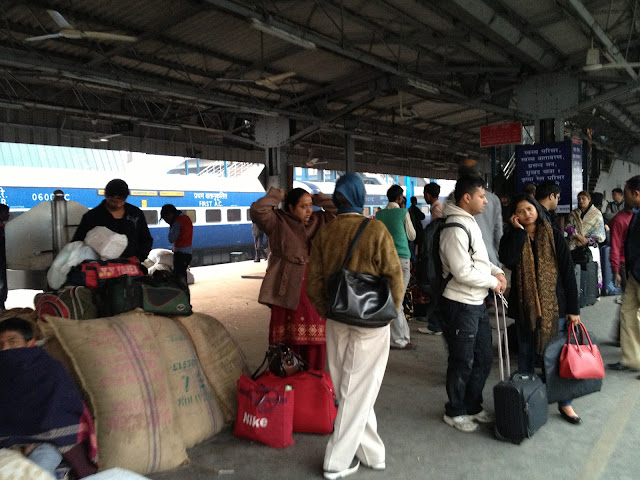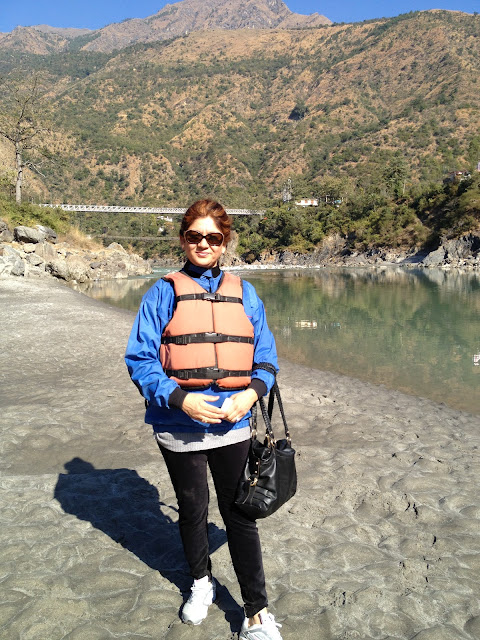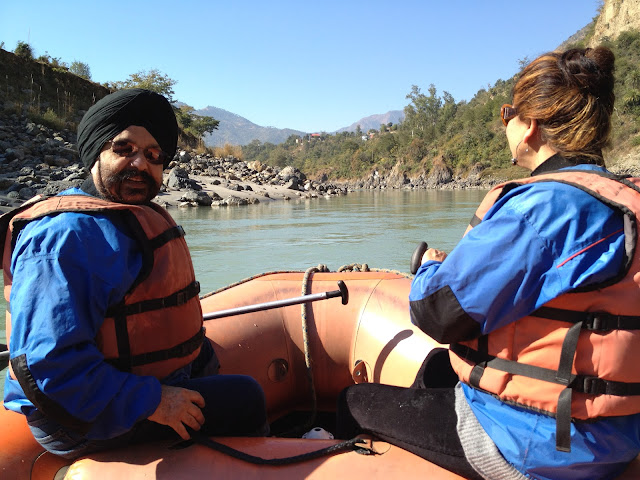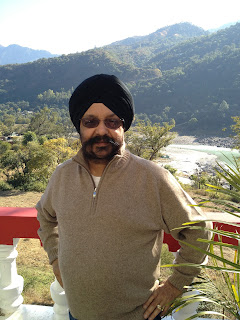We took the Shatabdi Express from New Delhi Railway Station and headed for Kalka while passing through country side Wheat crops all the way. As we reached Kalka Railway Station, to our good luck the Shimla-Kalka Train narrow gauge train was about to leave for Shimla. The coolie helped us to get tickets and we upgraded them for this special Train and at the first opportunity jumped in to the Car. The Coolie deserved a generous tip which we were more than glad to offer.
The Kalka–Shimla Railway was built to connect Shimla, the summer capital of India during the British Raj, with the Indian rail system. On a spell bound journey from Kalka at 656 meters above Sea level, You are gauranteed to witness breathtaking views and spectacular scenery along the whole route and also experience the marvels of its construction. The railway enters the foothills and immediately commences its climb. The 96.54 km (59.99 mi) line was opened for traffic November 9, 1903.
The Kalka–Shimla Railway was built to connect Shimla, the summer capital of India during the British Raj, with the Indian rail system. On a spell bound journey from Kalka at 656 meters above Sea level, You are gauranteed to witness breathtaking views and spectacular scenery along the whole route and also experience the marvels of its construction. The railway enters the foothills and immediately commences its climb. The 96.54 km (59.99 mi) line was opened for traffic November 9, 1903.
The route offers a panoramic feast of the picturesque Himalayas from the Shivalik foot hills at Kalka to several important points such as Dharampur, Solan, Kandaghat, Taradevi, Barog, Salogra, Totu (Jutogh), Summerhill and Shimla at an altitude of 2,076 meters. Interestingly, all the 20 intermediate stations are located right next to bridges.
My only regret is that we could not enjoy the Motor Rail Car which is at the moment under restoration for the last six months owing to wear and tear of the wheels and is scheduled to be back on the tracks by the end of January 2013.
Hustle and Bustle at New Delhi Railway Station

With Colonial Looks
Self Portrait in side the Train
Breakfast Tea
Meals on Wheels
Yummy Utpam and Badha

Cutlets
Quick meals for Rs 60 from a Platform Vender icluded all this and two Paronthas at Kalka Station
In the company of Honeymooning couples
Some of the curves were at 48 degrees and it was nice to snap the Engine and front bogies
"Arch Gallery"
The line has 864 bridges, one of which is a 18.29 metre (60 ft) plate girder span and steel truss. The others are viaducts with multi-arched galleries like the ancient Roman aqueducts. Bridge No. 493, historically known as the "Arch Gallery", situated between Kandaghat and Kanoh stations, is an arch bridge in three stages, constructed with stone masonry. Bridge No. 226; between Sonwara and Dharampur is an arch gallery bridge having 5 tier galleries of multiple spans, constructed with stone masonry and bridging a deep valley surrounded by high peaks.
Enjoying the Panaromic Views all along
At Dharampura Station, we had first snacks
Travelling by this train is full of fun and relaxation
Well kept retaining wall
Walk on a Platform
Blue and white panited Barog Station
The 1.2 Km Barog Tunnel # 33 is the longest of the operational 103 tunnels between Kalka-Shimla
Getting a View
Platform 2
The Tunnel and Barog Station. The 1.2 Km tunnel is the longest at Barog, and is associated with local tales and legends. As per a famous story of Colonel Barog, the engineer of this tunnel, had committed suicide here. He started digging the tunnel from both ends and could not align them. So he was fined 1 rupee. He could not stomach up that stigma so shot himself in the incomplete tunnel along with his pet dog. Chief Engineer H.S. Herlington completed it after the way for constructing this was earmarked by Bhalku, a local sadhu (monk), during 1900- 1903. This is the Straightest tunnel in the world
During the British days, The trains will halt at this station for sufficient time and the passengers will have their meals on the station itself.
Wooden Buildings painted Blue and White
Solan Town as seen from the train
Another view of the Town Solan
On our Journey back, the neat and clean Shimla Railway Station
The Station Master Room and the glittering floor
Today this line is operated with class ZDM-3 diesel-hydraulic locomotives (522 kW, 50 km/h), built 1970 to 1982 by Chittaranjan Locomotive Works with a single cab road switcher body. Six locomotives of the same class were built in 2008/2009 by Central Railway Loco Workshop Parel with updated components and a dual cab body providing better visibility of the track. This locomotive will haul our train cars back to Kalka
The golden peaks of Shivalak Hills
Bye to Shimla but determined to visit Shimla again
The golden Sunset from the Shimla Railway Station
Texting the last message from Shimla
























































